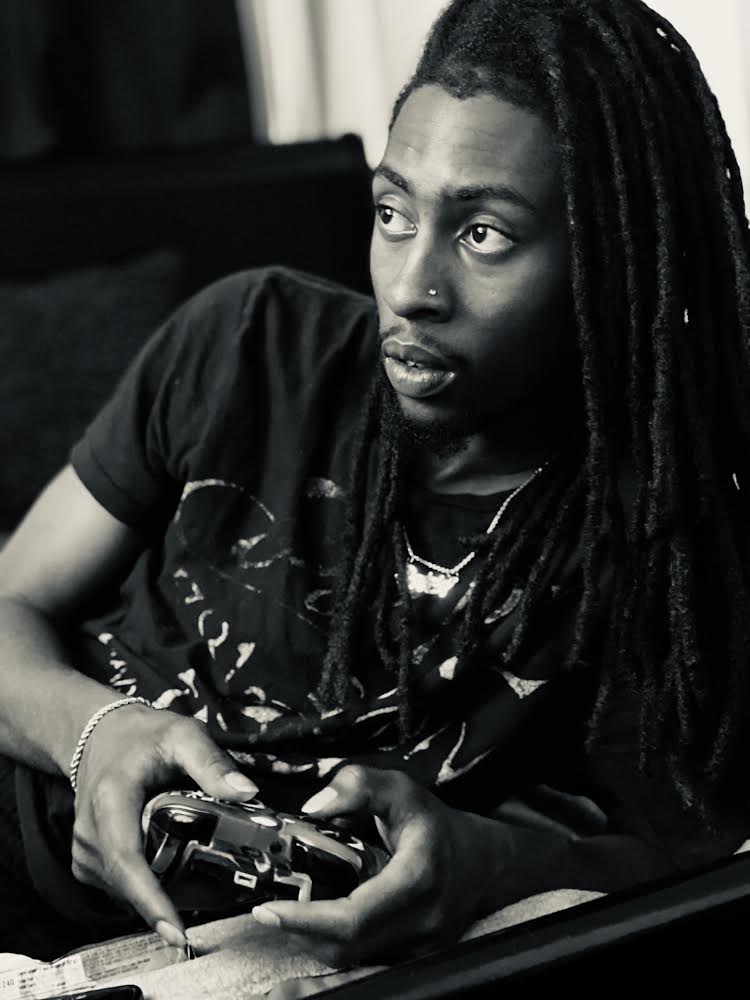Introduction
Numerous cultural indicators could be utilized to explain one’s ethnicity or racial affiliation. Below is a picture of my husband can be found. I am going to focus on his dreadlocks to describe the cultural background and additional factors that motivated him to wear this particular hairstyle. Even though he genuinely likes the looks of dreadlocks, his willingness to weak them does not only relate to a fashion statement. This is a statement on how he does not emphasize the importance of materialistic possessions. His main expectations are to look differently and kindly oppose the conventional hairstyles that do not reflect one’s culture in any way. This is a nonaggressive message that I wholeheartedly support, and I believe that loc hairstyles cannot always be associated with the poor or outright rebels. In the next two paragraphs, I am going to outline the essential background of my husband’s hairstyle and its ethnic significance.

- Taken: Feb 2, 2020
- Person in the picture: Husband
- Ethnic ancestry: African-American
African Roots
First of all, my husband is exceptionally proud of his African roots, so it is a pleasure for him to wear dreadlocks. This hairstyle reflects his connection to his ancestors, both physical and spiritual. With the Earliest African people wearing dreadlocks approximately as far back as 550 B.C., it may be noted that the spiritual significance of this hairstyle is similar to a religious belief (Agwuele, 2016). Another true supposition about my husband is that he does not depend on materialistic things, as his true passion is to play video games and remain a positive human being. According to Brown Jr (2020), one more reason to wear dreadlocks is to protect one’s strength by not cutting one’s hair. There are numerous cultures where wearing dreadlocks is a sign of power and royal affiliations. I believe my husband wears dreadlocks to remain in line with his ethnic roots and maintain a spiritual connection to his ancestors.
Connection to Rastafarianism
Even though my husband does not call himself a Rastafarian, he is well-versed in the history of Rastafarianism. He was the first person to tell me about the symbolism of dreadlocks and the Lion of Judah that can be found on the Ethiopian Flag. There key inspiration for my husband to keep his hair untouched was to follow the old Rasta testament and never cut hair to avert his strength from leaving him (Prempeh, 2021). My husband’s love for dreadlocks also comes from his respect for Bob Marley and his Jamaican toots. The message that Rastafarianism sends out to the world is that one should always remain optimistic and create positivity around them (Perkins, 2020). According to my husband, his dreadlocks could symbolize the willingness to live in a world full of kindness and patience.
Conclusion
For some people, hairstyles do not play an important role because their cultures do not revolve around spirituality as much as their African counterparts. I believe that my husband knowingly wears his dreadlocks to pay homage to the non-conformity that was promoted by Rastafarians and his African ancestors. This spiritual intent amazes me because it feels like a powerful statement that has to be aired to reflect solidarity with other members of the African community. Even though my husband is not exactly a highly spiritual person, I believe that his dreadlocks tell a lot about him. The importance of hairstyles with a deep ethnic background should never be underestimated because there is a variety of messages conveyed through them. My husband’s photo is just a sole example of an African-American soul focusing on spirituality and non-materialistic values.
References
Agwuele, A. (2016). The symbolism and communicative contents of dreadlocks in Yorubaland. Springer.
Brown Jr, D. G. (2020). What makes straight so great? In Critical Storytelling from behind Invisible Bars (pp. 135-141). Brill.
Perkins, A. K. (2020). Oh, Sufferah Children of Jah: Unpacking the Rastafarian rejection of traditional theodicies. Open Theology, 6(1), 520-530.
Prempeh, C. (2021). Dreadlocks in the Church of Pentecost: Rasta or Rastafarians? PentecoStudies, 20(1), 36-55.